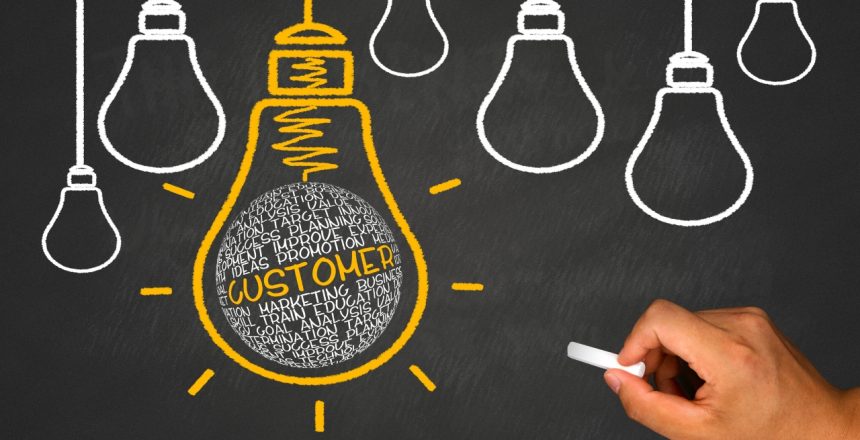Influencer marketing is become a popular and profitable tactic. Nonetheless, current patterns indicate that consumers themselves now have the most sway over other purchasers.
Influencer marketing first became popular when customers began to doubt traditional advertising because they believed influencers to be more reliable and genuine. Forbes reports that the influencer economy has grown to $250 billion today.
There was a time when people trusted brand influencers more than they do now. Why?
Their recommendations lose some of their credibility as influencers become famous since they are no longer approachable. On the other hand, regular consumers are seen as more reliable since they don’t stand to gain anything by being candid.
One of the most basic needs according to Maslow’s hierarchy of needs is the need to belong, and this relatability satisfies that need. This is the marketing equivalent of social proof, which includes things like reviews, testimonials, and user-generated material.
Rachel Botsman delves into this change in her TED Talk, shedding light on how peer reviews—like those on Airbnb and Uber—have grown in importance as a source of customer trust.
Techniques to Use for Engaging Customers
Use these tactics to increase engagement with your customers, who are your most potent influencers.
1. Make use of content created by users (UGC)
Although displaying material made by actual customers is not a novel strategy, brands are starting to use it more and more.
Retail behemoths like Crocs, software titans like Adobe, and even Broadway plays have used user-generated content (UGC) as a means of promoting participation and establishing trust.
Programs that aim to assist customers
2. The concept of customer advocacy refers to the process of persuading your devoted clientele to advocate for your company on their own initiative because they have a strong belief in it. According to Gartner, this can occur in a variety of ways, including through the use of consumer feedback boards, recommendations, product evaluations, and case studies.
For the purpose of successfully motivating advocates to take action, Gartner recommends the following four-step process:
1.Find the customers who are most enthusiastic about your products.
2.It is crucial to provide them with opportunities to talk about their experiences.
3.Get your supporters to tell their friends and family about your brand.
4.Give them something to look forward to in order to keep them involved for a long time.
Workplace Original Content (WOC)
In addition to being an effective tool for employer branding, employee-generated content may greatly improve the reputation of a business. According to Forbes, an increasing number of organisations are enlisting the help of their employees to promote their brand online.
In fact, some B2B organisations have gone so far as to implement employee advocacy programs; research shows that 27% of fast-growing companies who have done so have reduced their sales cycles.
Employee-Generated Content (EGC)
Employee-generated content goes beyond employer branding—it’s also a powerful tool for enhancing brand reputation. Forbes highlights that more companies are leveraging their employees to represent their brand across digital platforms.
Some B2B businesses have even introduced employee advocacy programs, with data showing that 27% of high-growth companies using these initiatives have successfully shortened their sales cycles.
Community Management
Community is a desire that consumers have, and brands that do not encourage their loyal followers and customers to participate on social media platforms are missing out on opportunities for connection. It is not sufficient to simply be present on the platform; brands must actively interact with their followers, particularly if they wish to prevent being ghosted on social media. In order to create a genuine impression, it may be advantageous to initiate conversations rather than responding to comments.
Indulge your most devoted consumers with special treats. Some examples of this type of content include unique invitations to events, timely SMS offers, giveaways in partnership with brands, and interesting contests on social media.
(Interesting fact: Instagram contests are run by only 2% of marketers on a regular basis, so there’s a lot of unrealised potential!)
